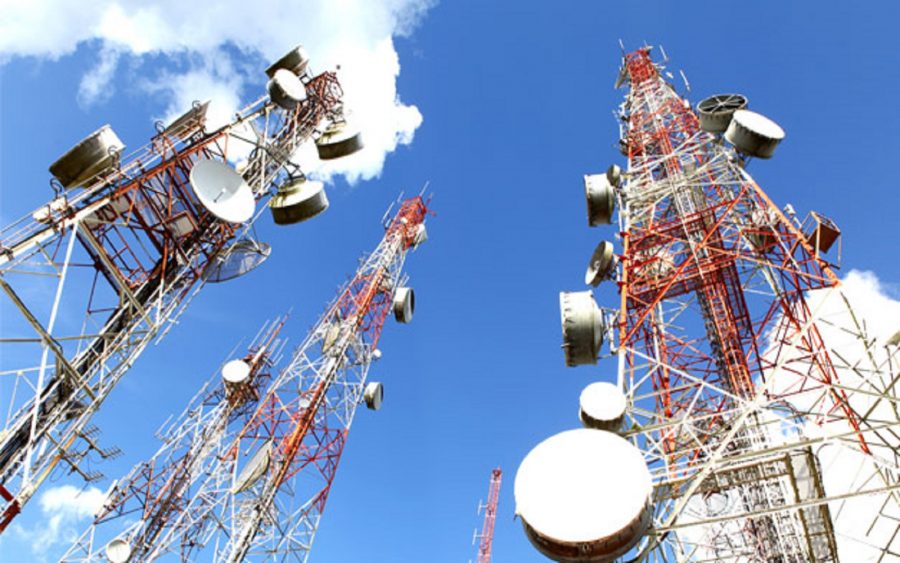A device the size of a wristwatch can examine sweat and spot signs of an imminent, and deadly, cytokine storm that is caused by Covid-19 and other infections. The phenomenon occurs when chemicals in the bloodstream, referred to as cytokines, reproduce rapidly and run out of control. These tiny chemicals are designed to limit and control the immune system and when they go crooked it can lead to inflammation and organ damage. Early in the COVID-19 pandemic, doctors recognized that patients who developed a “cytokine storm” a surge of pro-inflammatory immune proteins, were often the sickest and at highest risk of dying. A cytokine storm can however occur in other illnesses, such as influenza. Presently, scientists report preliminary results on a sweat sensor that acts as an early warning system for an impending cytokine storm, which could assist doctors more effectively treat patients. The researchers will present their results today at the spring meeting of the American Chemical Society (ACS). ACS Spring 2021 is being held online between April 5 and 30. Live sessions will be hosted between April 5 and16, and on-demand and networking content will continue through April 30. The meeting features nearly 9,000 presentations on a wide range of science topics.
The University of Texas at Dallas researchers made sensor strips with antibodies against seven pro-inflammatory proteins and tested them on six healthy people and five others with the flu, another virus that can trigger a cytokine storm.
Two of the sick persons showed elevated cytokine levels while all participants had cytokines in their sweat that matched-up with expected values based on previous research.
According to the researchers, an early warning system would permit doctors to administer steroids quickly, reducing the risk the cytokine storm would run out of control.'
'Especially now in the context of COVID-19, if you could monitor pro-inflammatory cytokines and see them trending upwards, you could treat patients early, even before they develop symptoms,' study author Shalini Prasad said.
Early detection is crucial owing to the fact that once a cytokine storm has been unleashed, the excessive inflammation can damage organs, causing severe illness and death.
In contrast, if doctors could administer steroidal or other therapies as soon as cytokine levels begin to rise, hospitalisations and deaths could be reduced.
Although blood tests can measure cytokines, they are tricky to perform at home, and they cannot continuously monitor the proteins' levels. Cytokines are excreted in sweat at lower levels than in blood. To collect enough sweat for testing, scientists have requested patients to exercise, or they have applied a small electrical current to patients' skin. However, these procedures can themselves alter cytokine levels, Prasad notes. "When it comes to cytokines, we found that you have to measure them in passive sweat. But the big challenge is that we don't sweat much, especially in air-conditioned environments," she says. Prasad, who is at the University of Texas at Dallas, estimates that most people produce only about 5 microliters, or one-tenth of a drop, of passive sweat in a 0.5-inch square of skin in 10 minutes.
So the researchers wanted to develop an extremely sensitive method to measure cytokine levels in tiny amounts of passive sweat. They drew on their previous work on a wearable sweat sensor to monitor markers of inflammatory bowel disease (IBD). The wristwatch-like device, which is being commercialized by EnLiSense LLC (a company co-founded by Prasad), measures the levels of two proteins that spike during IBD flare-ups. When the device is worn on the arm, passive sweat diffuses onto a disposable sensor strip that is attached to an electronic reader. The sensor strip, which contains two electrodes, is coated with antibodies that bind to the two proteins. Binding of the proteins to their antibodies alters the electrical current flowing through the e-reader. The reader then wirelessly transfers these data to a smartphone app that converts electrical measurements to protein concentrations. After a few minutes, the old sweat diffuses out, and newly excreted sweat enters the strip for analysis.



















